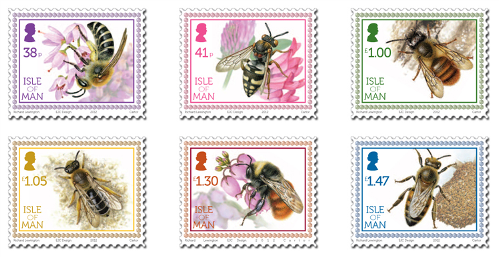To determine whether environmentally realistic levels of imidacloprid are capable of making a demographic impact on bumble bees, we exposed queenless microcolonies of worker bumble bees, Bombus terrestris, to a range of dosages of dietary imidacloprid between zero and 125 μg L−1 and examined the effects on ovary development and fecundity. Microcolonies showed a dose-dependent decline in fecundity, with environmentally realistic dosages in the range of 1 μg L−1 capable of reducing brood production by one third. In contrast, ovary development was unimpaired by dietary imidacloprid except at the highest dosage. Imidacloprid reduced feeding on both syrup and pollen but, after controlling statistically for dosage, microcolonies that consumed more syrup and pollen produced more brood. We therefore speculate that the detrimental effects of imidacloprid on fecundity emerge principally from nutrient limitation imposed by the failure of individuals to feed.
Source: Ian Laycock, Kate M. Lenthall, Andrew T. Barratt and James E. Cresswell. Effects of imidacloprid, a neonicotinoid pesticide, on reproduction in worker bumble bees (Bombus terrestris).
Ecotoxicology 2012, DOI: 10.1007/s10646-012-0927-y
http://www.springerlink.com/content/571838015261v6g2/

- Log in to post comments
